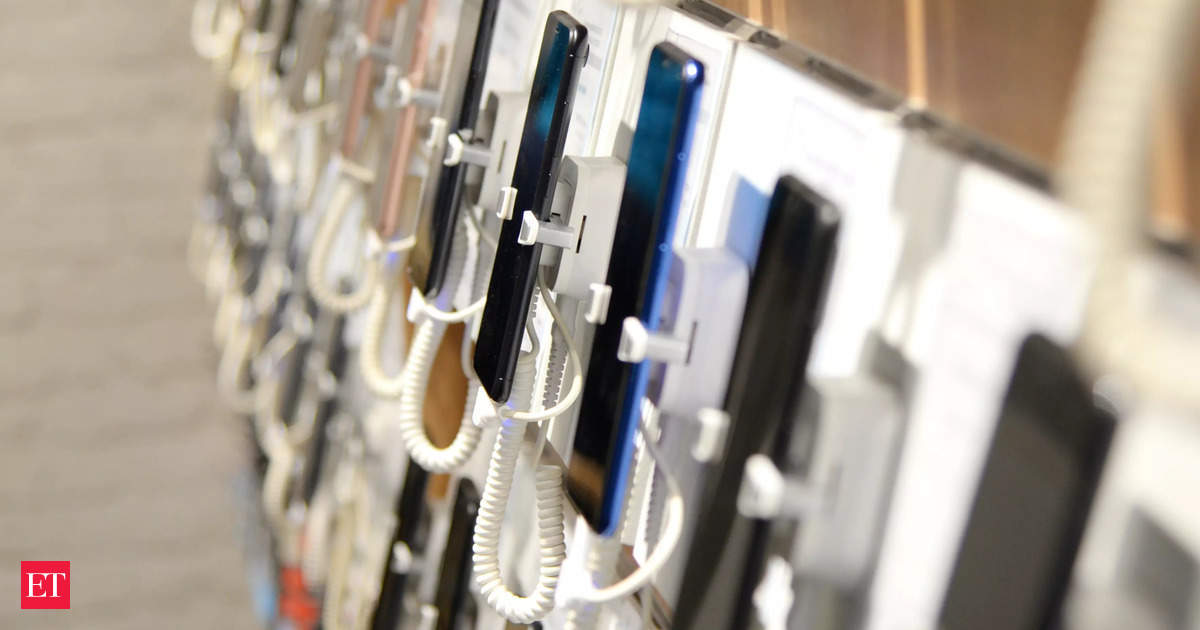The Department of Telecommunications (DoT) in India has instructed telecom companies to block a total of 28,200 mobile handsets. This directive comes as part of the government’s efforts to enhance security measures in order to prevent the use of counterfeit or illegal devices. Additionally, the authorities have also ordered the re-verification of 20 lakh mobile numbers.
The government’s move to block mobile handsets and re-verify mobile numbers is rooted in concerns regarding national security and the increasing use of unauthorized or counterfeit devices. By taking these steps, the DoT aims to ensure that only approved and legal handsets are being used by consumers across the country.
The DoT directive has placed the responsibility on telecom companies to identify and block the specific mobile handsets listed. The companies are required to take prompt action and disable the identified handsets from accessing the mobile networks. This process will involve the blocking of these devices using their unique International Mobile Equipment Identity (IMEI) numbers.
IMEI numbers are unique identifiers assigned to every mobile handset. By blocking the IMEI numbers of illegal or counterfeit devices, the telecom companies can prevent their usage on their networks. This action will help in curbing unauthorized activities and strengthening security measures.
Apart from the blocking of mobile handsets, the DoT has also mandated the re-verification of 20 lakh mobile numbers. This process is aimed at ensuring accuracy and authenticity of mobile users’ information. The telecom service providers will be required to conduct this re-verification process following the guidelines laid down by the DoT.
The directive from the DoT has significant implications for both the telecom industry and the consumers. For the telecom companies, it means implementing the necessary measures to block the listed handsets and carrying out the re-verification process efficiently. This may result in additional costs and resources being dedicated to these actions.
For the consumers, the directive may lead to inconvenience and extra efforts in getting their handsets re-verified. They will have to comply with the instructions provided by their respective service providers to avoid any disruption in their mobile services. It is advisable for users to keep their identification documents handy for the re-verification process.
In conclusion, the DoT’s directive to block 28,200 mobile handsets and re-verify 20 lakh mobile numbers is aimed at enhancing security measures in the telecom industry. By preventing the use of counterfeit or illegal devices, the government aims to safeguard national security interests. While this directive may cause some inconvenience to consumers, it is a necessary step towards ensuring a safer and more secure mobile network.











